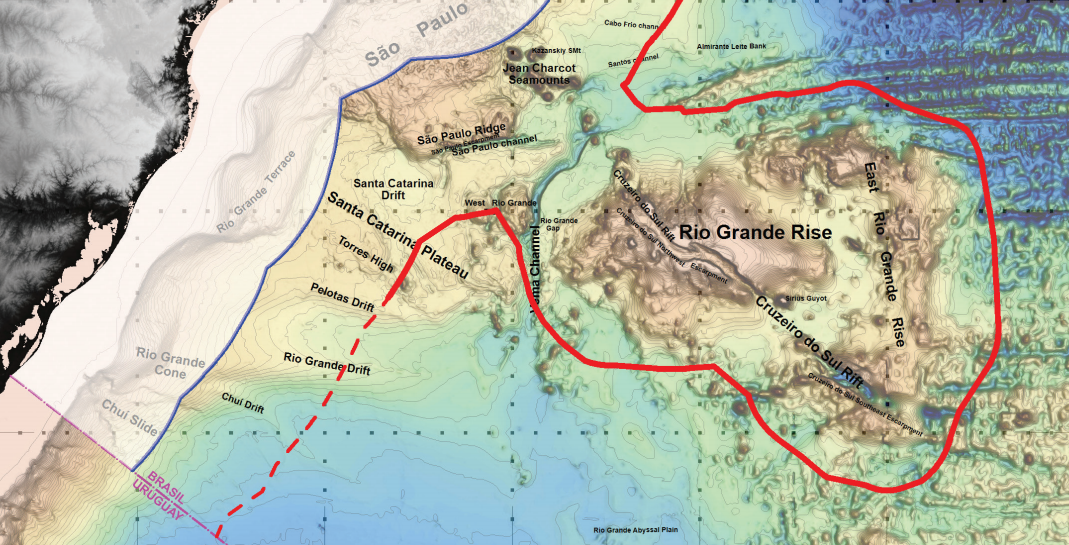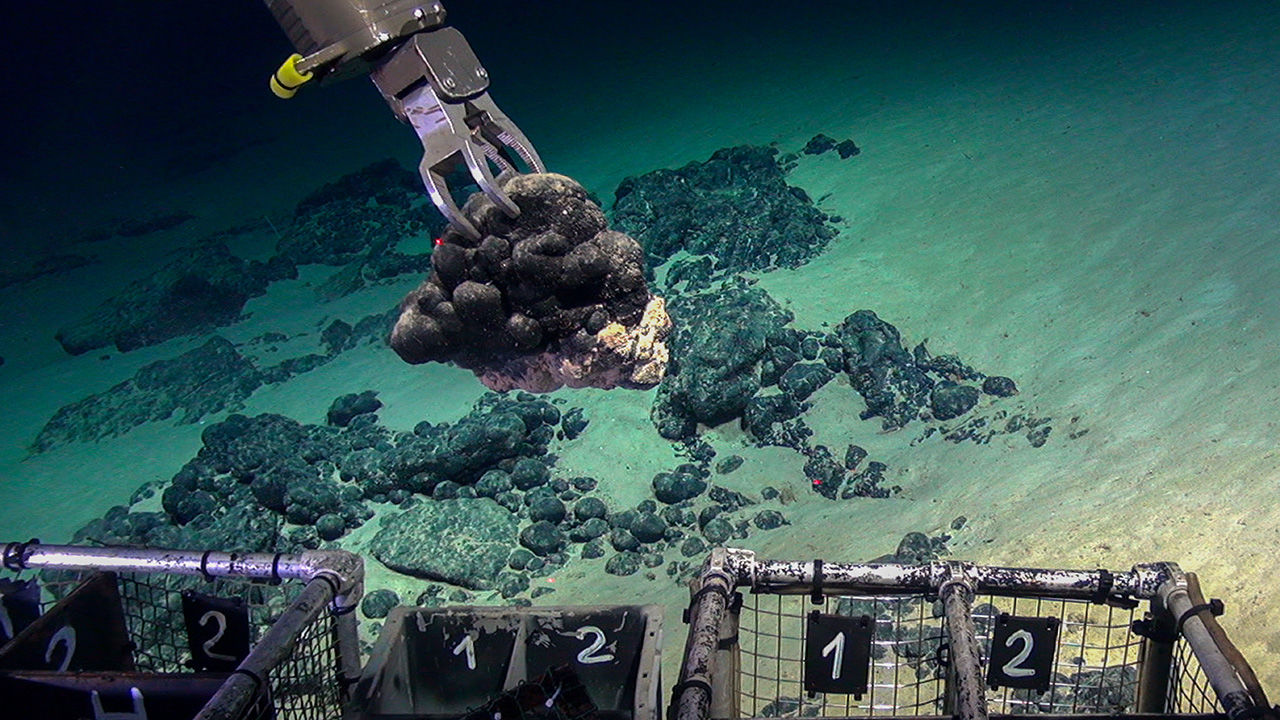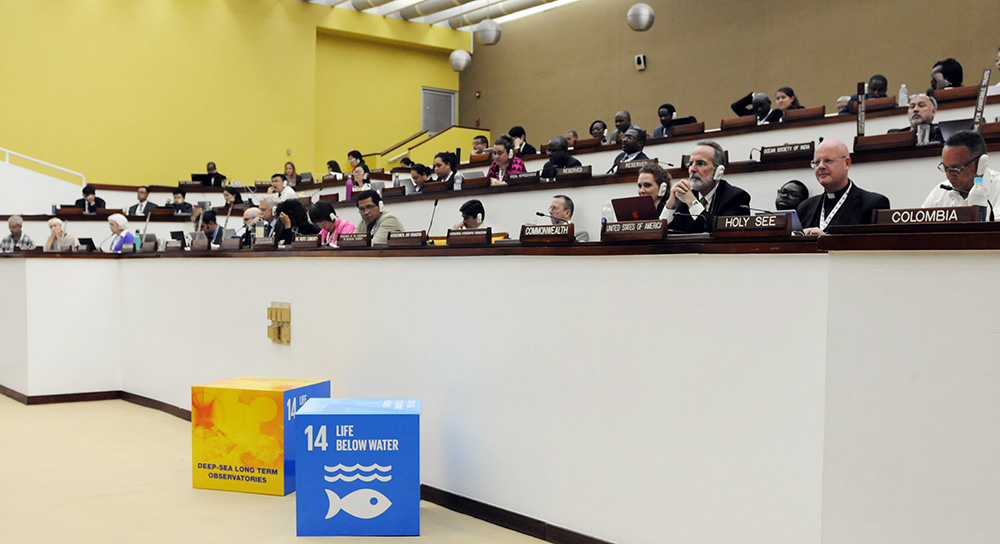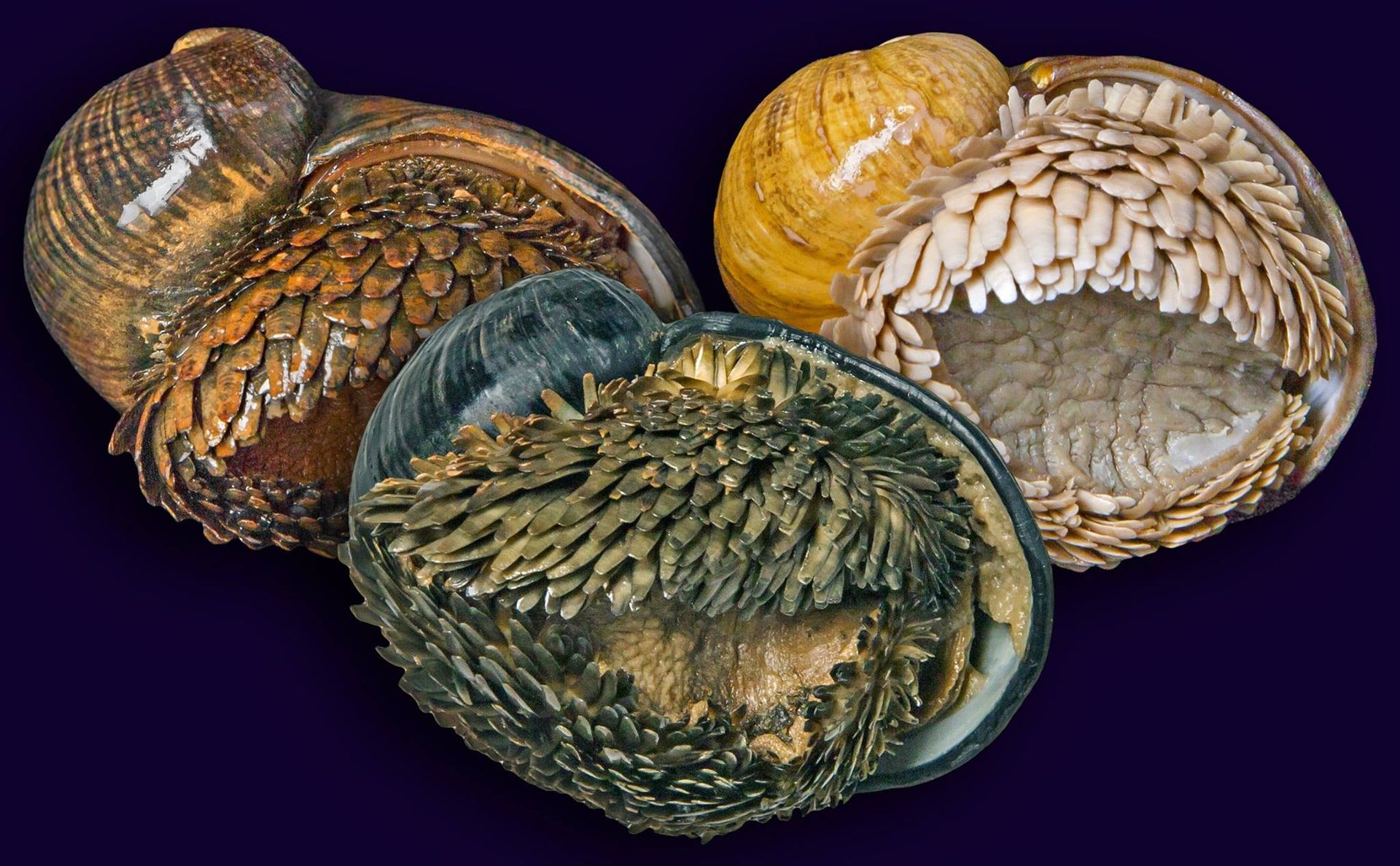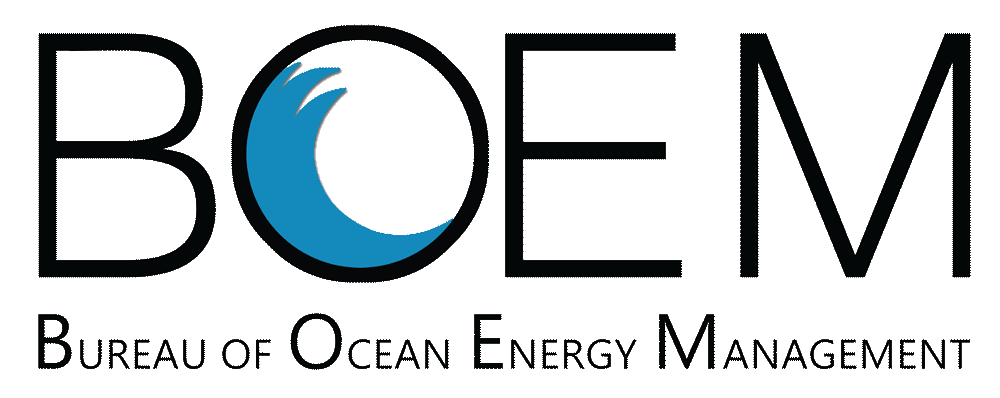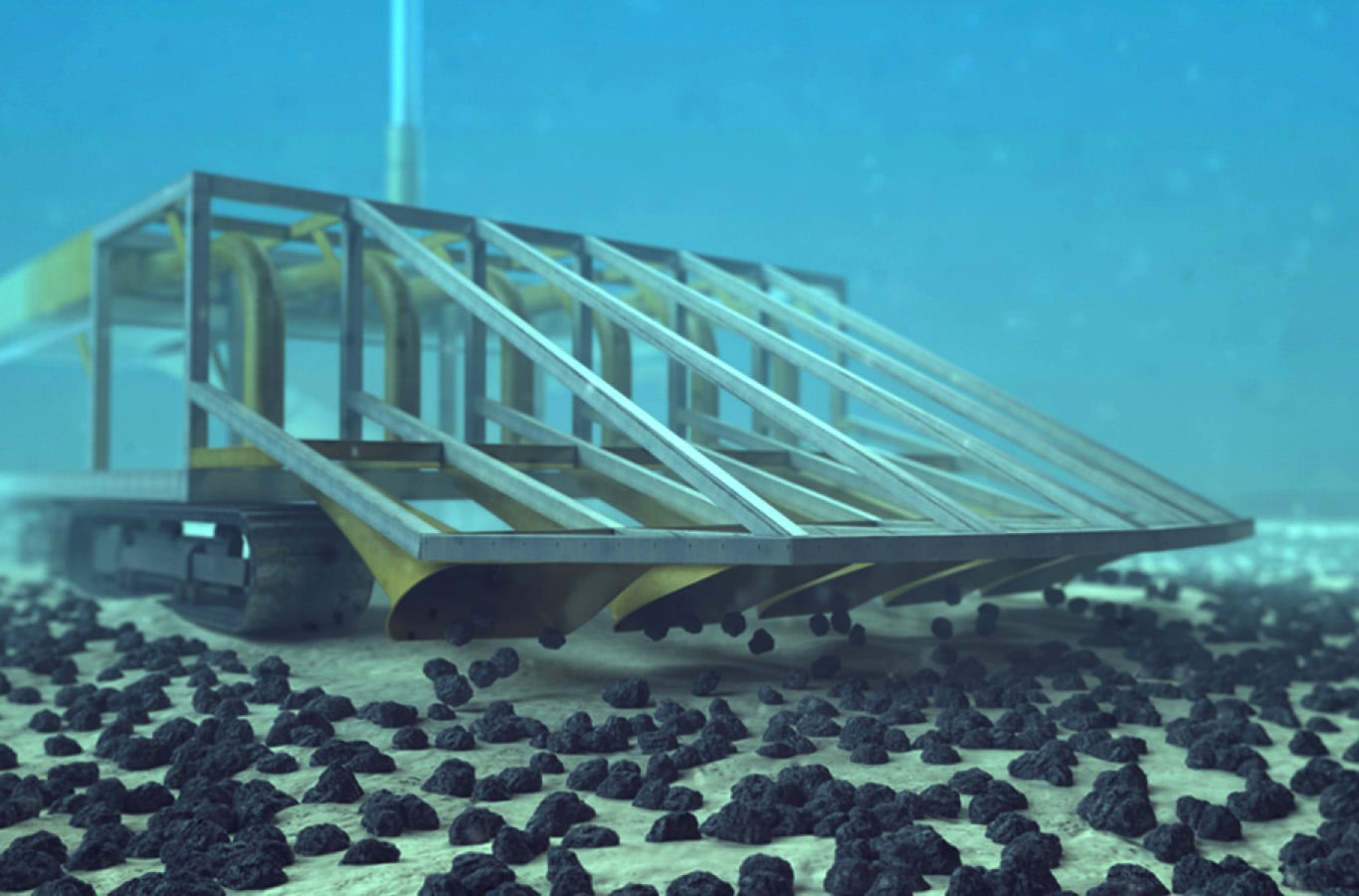One of the most significant discussions in deep-sea mining is happening not a the International Seabed Authority, but in the offices of the Commission on the Limits of the Continental Shelf at the United Nations’ headquarters in New York. The CLCS is responsible for assessing outer continental shelf claims, those portions of a nation’s continental […]
Read More